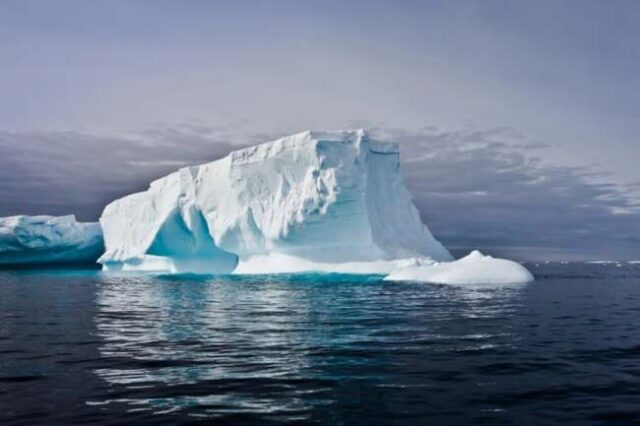
Scientists have discovered that climate change is causing longer days by slightly slowing down Earth’s rotation. This effect, although minuscule and measured in milliseconds, is attributed to the melting of glaciers, which redistributes mass from polar ice caps to the equator as meltwater flows into the oceans. This redistribution alters Continue reading “Scientists Discover That Climate Change Is Causing Longer Days” »

The Olympic torch relay is one of the most exciting events leading to the games. Inspired by the ancient iterations of the games, the Olympic flame travels from Olympia, Greece, to the host city, passing through multiple, carefully selected people’s hands. Much like the logo and the mascot, each organizing committee gets to design its torch. Often a reflection of the trends and the available technology, the Olympic torches have changed a lot over the last several decades, but they all share a common mission. “The Olympic Torch Relay heralds the start of the Olympic Games and transmits a message Continue reading “Take a Look at the Evolution of the Olympic Torch Through the Years” »
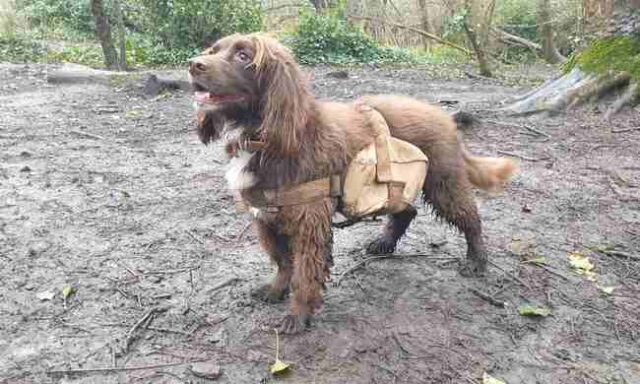
Inspired by a groundbreaking forest restoration initiative in Chile, the English town of Lewes has launched an innovative project to rewild a local urban nature reserve by enlisting the help of dog walkers. The reserve, heavily degraded by foot traffic, benefits from the natural behavior of dogs who, equipped with seed-filled saddlebags, spread wildflower seeds as they run through the woods. This method emulates the seed dispersal once performed by wolves, who Continue reading “Armed with Backpacks of Seeds, Local Pooches Enlisted to Help Rewild Urban Nature Reserve” »
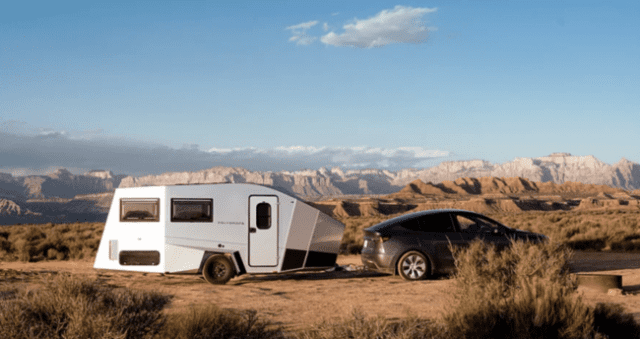
When it comes to campers, the quality of the journey matters just as much as the destination. Any seasoned traveler will want a camping trailer that is aerodynamic, easy to tow, and has low energy consumption. South Korean brand Polydrops recently unveiled their P21 camper, which not only fits these requirements but can also comfortably house a family of four. The P21 is a roomy camper measuring 21 feet in length, with a full-size bed and an optional children’s bed as well. It features ample storage room, including cleverly placed compartments and overhead bins to maximize space in the limited area. It can also be upgraded to feature a cooking station complete with a microwave and induction stovetop, allowing you to cook from the comfort of your home on wheels. A sanitation unit with a sink, shower, and portable toilet can be added for an additional fee.
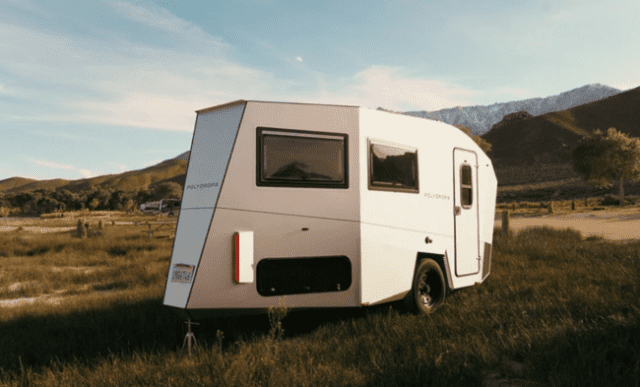
From above, the shape of the camper more closely resembles a small boat rather than a trailer, and this is due to the wedge-shaped edges that taper off into a point. This unique design allows the P21 to slice through the air, making it easy to pull behind a car. The trailer also boasts a state-of-the-art suspension system, ensuring that you will be in for a smooth ride regardless of even or bumpy terrain. Weighing in between 1,500 and 2,000 pounds, the P21 is lightweight enough to be pulled behind both SUVs and sedans and works with electric and gas-powered vehicles. In addition to being practical, the P21 is equally environmentally friendly. It is entirely electric and runs off a battery that can be recharged through the 1300W solar panel covering the trailer’s roof. The electric system is highly efficient and quiet, ensuring that you can get a restful night’s sleep while the camper recharges. The P21 is currently available for pre-order on Polydrops’ website, with the base price starting at $38,900. A $100 security deposit is also required to place a pre-order.
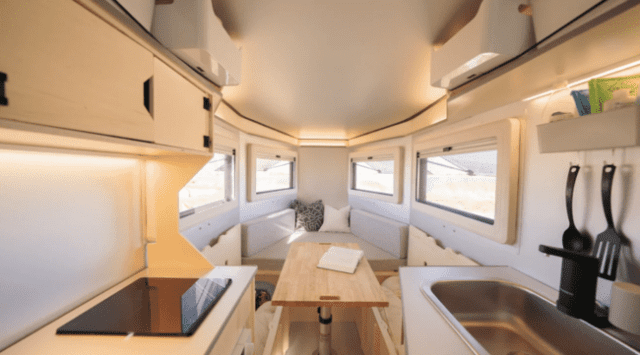
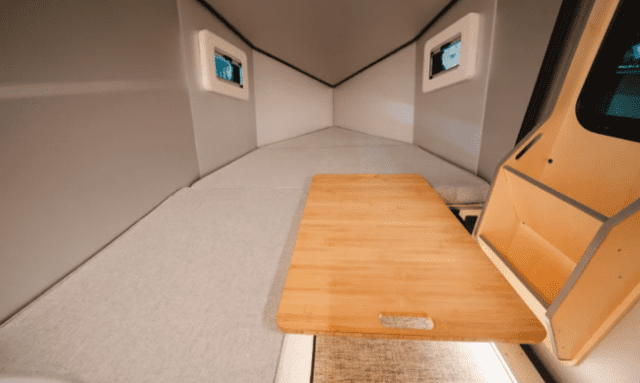
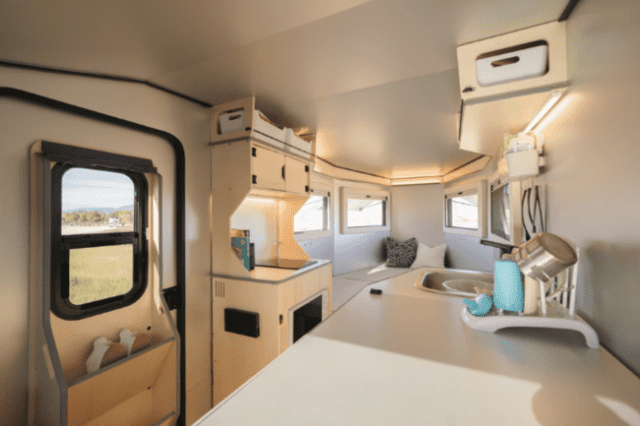
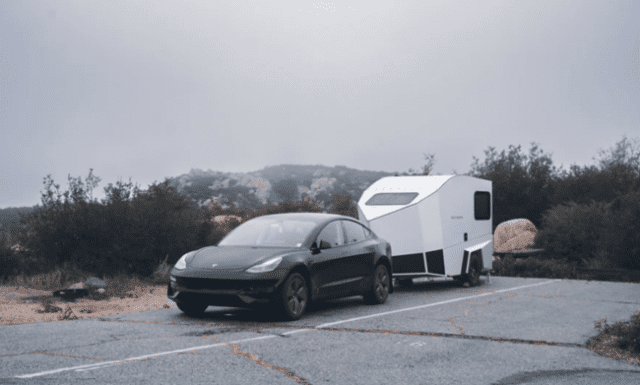
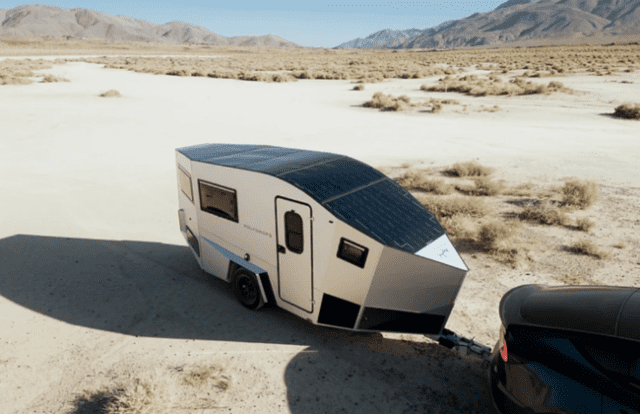
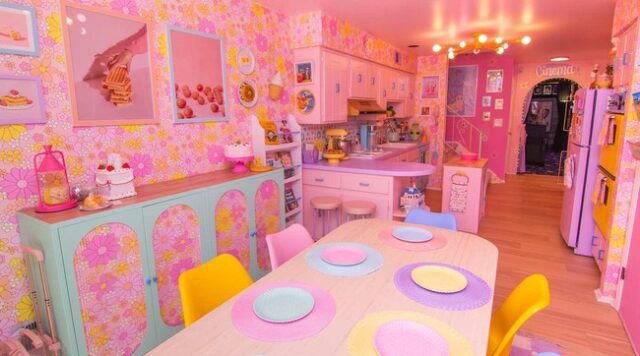
A real-life Barbie Dreamhouse in New Jersey has become the talk of the town after going viral on the Instagram account Zillow Gone Wild. This vibrant, three-bedroom bungalow, located on Hughes Drive in Hamilton Township, is an explosion of bright pinks and calming lavenders. The unique property includes a cinema room, a large walk-in wardrobe, a craft room, and even a handbag wall, all meticulously designed to capture the essence of Barbie’s dream world. From the moment you step through the pink front door and encounter the daisy wallpaper, it’s clear this home is unlike any other, making it a perfect match for a Barbie superfan. The cinema room, adorned with dark purple walls and rows of recliner seats, is just one of the many delightful features that make this home stand out.
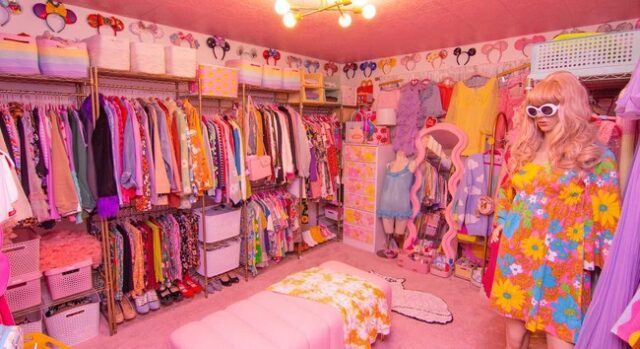
The listing, which describes the property as having “good energy and good vibes,” has drawn significant attention, with an asking price of $500,000. The home’s owner, Kate Gabrielle, has already received interest from potential buyers, some of whom are eager to retain the distinctive furniture and décor. Social media commenters have praised the home’s cheerful atmosphere, with one noting it would be “impossible to have a bad day living here.” The Zillow listing highlights the home’s new vinyl flooring throughout the main floor, new carpet in the bedrooms and theatre, and custom tile in the bathrooms. Whether viewed as cheery or cheesy, there’s no denying Kate’s passionate commitment to her unique style, which has made this Barbie Dreamhouse a viral sensation and a potential new home for an equally enthusiastic buyer.



Sara Shabir, a dedicated elementary school teacher at Tyndale Community School in Oxford, England, crafted a heartfelt and unique end-of-year gift for her third-grade students by crocheting miniature versions of each one. Starting the project in May, she devoted approximately eight hours to create each of the 30 personalized dolls, culminating in a remarkable 240-hour labor of love. Inspired by her affection for her pupils and her passion for crocheting, which she picked up during the COVID-19 lockdowns, Sara meticulously designed each doll to capture the distinct features and personalities of her students. This thoughtful gesture not only commemorated their time together but also provided the children with a tangible and cherished memento of their year.

The presentation of these tiny lookalikes was met with joy and amazement. Sara’s attention to detail, from matching hairstyles to accurately representing skin tones, ensured that each doll was a perfect mini-me of its student. The children were thrilled and touched by the personalized gifts, instantly recognizing themselves and playing with their miniature counterparts. The gesture quickly gained widespread admiration after a parent, Joanna Borysiak, shared the heartwarming story on Twitter-X, praising Sara as “the absolute GOAT” for her incredible effort. Sara’s project not only delighted her students but also showcased the profound impact of a teacher’s love and dedication, leaving an indelible mark on the hearts of her students and the wider community.
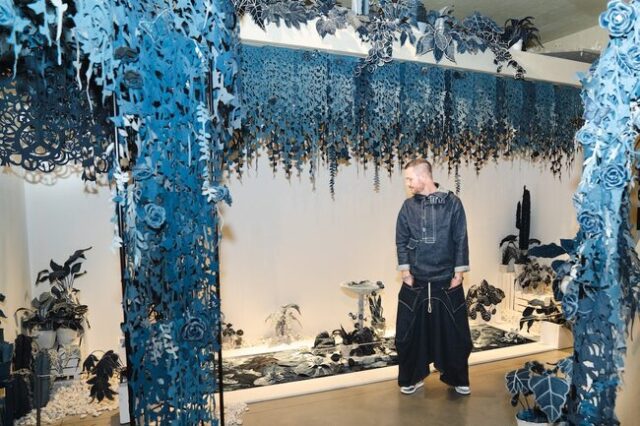
For many, denim is a wardrobe staple, but for London-based artist Ian Berry, it’s a creative medium. Over the past two decades, Berry has utilized the familiar navy blue fabric to craft intricate installations, iconic portraits, and even photorealistic depictions of California. His latest work, titled “Secret Garden,” continues to demonstrate the innovative and unexpected ways denim can be transformed. This installation, currently on display at the Garden Museum in London, reimagines a serene setting complete with a fish pond, flowers, and vines—all meticulously fashioned from recycled denim jeans. Initially exhibited at the Children’s Museum of the Arts in New York in 2017, the Secret Garden has since been showcased in various site-specific locations and galleries around the world. Although Continue reading “Artist Transforms Recycled Denim Into Stunning “Secret Garden” Installation” »

Many of us spend summers on the beach, creating sand castles with our families as children. But did you know that it could also be a career? For sculptor Janel Hawkins, it’s been a fulfilling way to stay creative and spread joy while teaching skills to others. As the founder of Alabama-based Sand Castle University, she teaches willing students on the Gulf Coast everything they need to know to create stunning sand sculptures. And at the same time, she spends her days on the beach making custom sand art. Whether creating pieces of architecture or animals, Hawkins loves getting lost in the small details. As she painstakingly carves and presses the wet sand, she also needs to remain on her toes. Anything can happen in her open-air art studio, whether it’s bad weather or creative difficulties. But these variables are also what she loves about creating these ephemeral sculptures and is part of the reason she enjoys sharing her knowledge. “There are practical life lessons to sand sculpting,” she tells My Modern Met. “You have to learn the basics, then practice, practice, practice. Don’t be afraid of failure. If you make mistakes, it means you’re trying hard!”
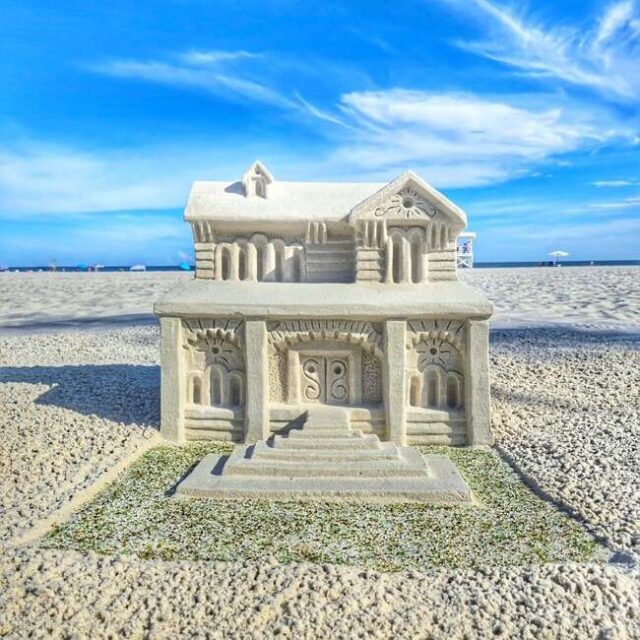
Hawkins began her journey as a sand sculptor while still in college after seeing a job listing on Craigslist. After acquiring the necessary skills, she pursued her passion by opening Sand Castle University in 2017. With a team of five instructors and an administrative assistant, her business is expanding. At the same time, she’s also continuing to grow her own skills. Last year, she took on a dragon sculpture for the first time when she sculpted Mushu, the lovable dragon from Disney’s Mulan. Getting the details of the scales and pointy teeth took a lot of time and patience, but it was worth it in the end. “Everything came together—the sand was perfect, the weather was perfect—and when I stood back after finishing, I knew it was something to be proud of!” Whether creating personal projects or working on commissions for festivals, birthdays, proposals, or corporate events, she’s always looking forward to the day’s challenge. As she continues her successful career, she hopes to show that sand sculpting can be a viable career and a fun, creative activity for anyone looking to step away from the screen and spend some time at the beach. Follow Sand Castle University on TikTok or Instagram to keep up with the progress and watch these sand sculptures come to life.

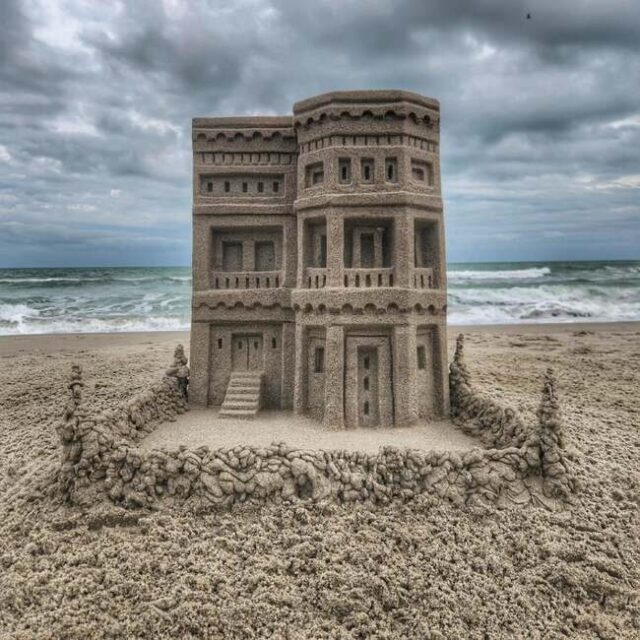
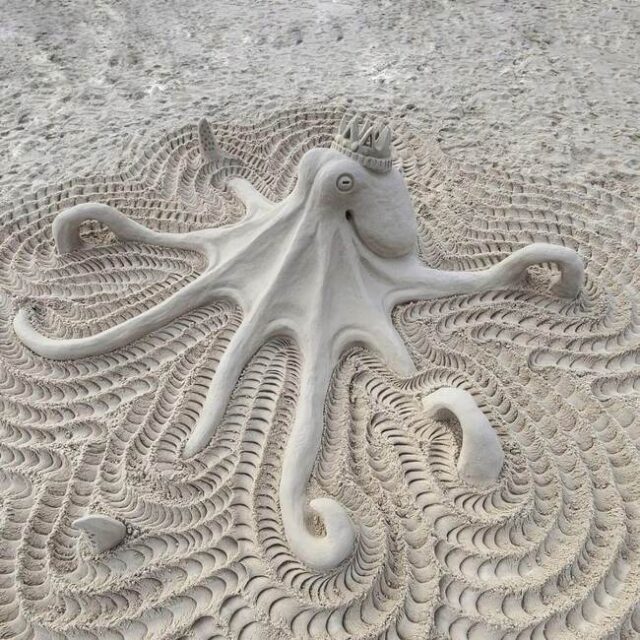
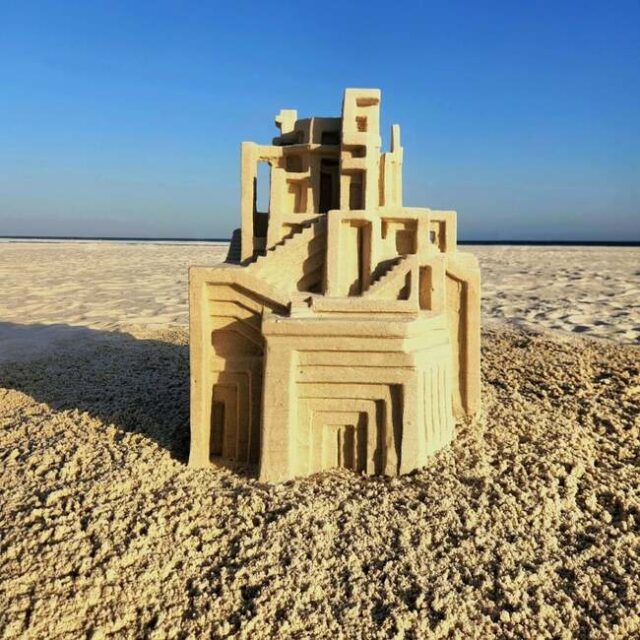
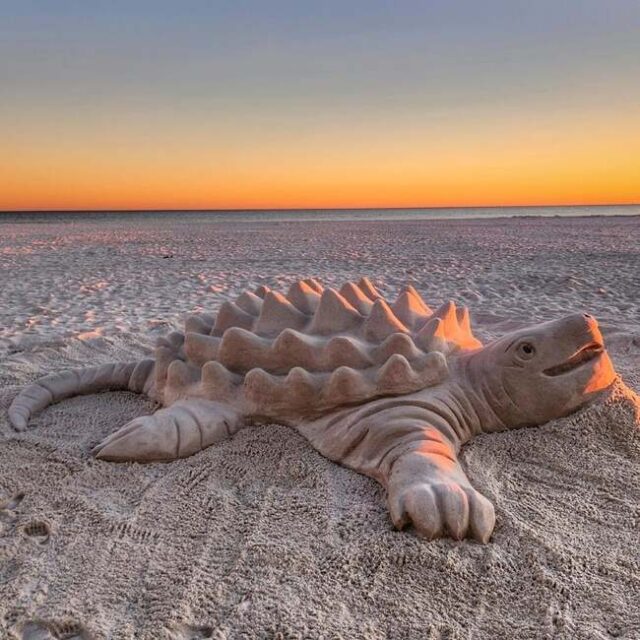
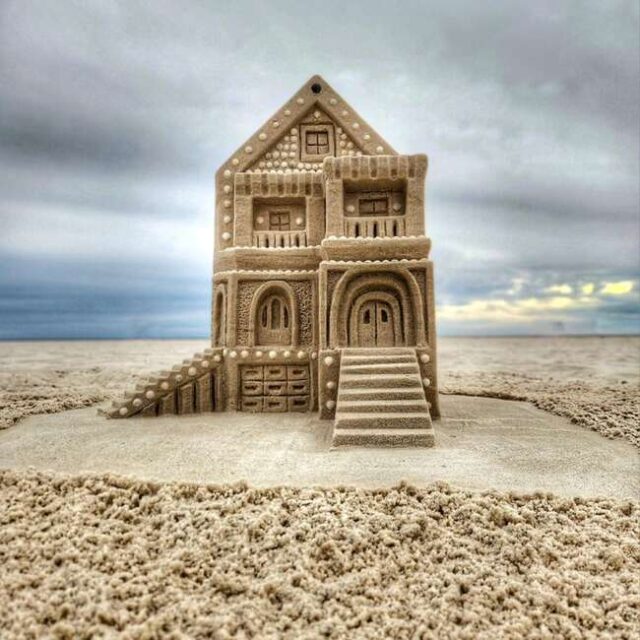
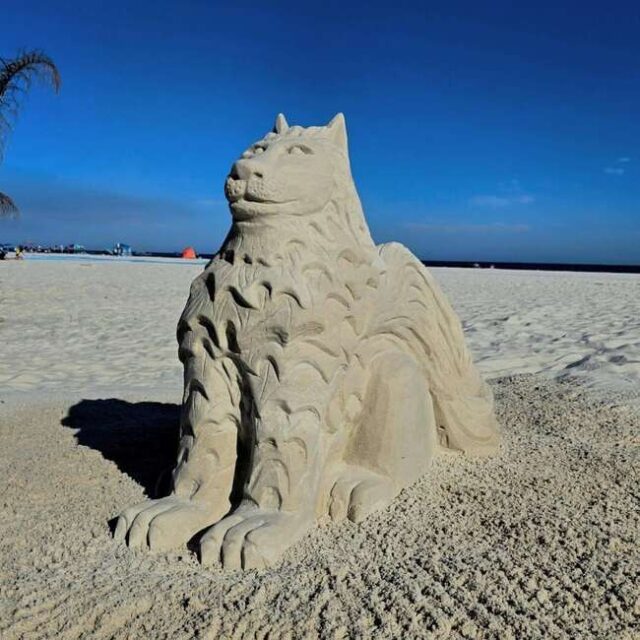


United Airlines has found an innovative solution to the disposal of its expired life jackets by partnering with the German upcycling company, B2L. This initiative was inspired by Erin Taylor, an environmental affairs manager at United, who sought a creative method to divert these life jackets from landfills. The collaboration has transformed thousands of outdated life jackets into a stylish collection of bags, including backpacks and bags for laundry, laptops, and the beach. This project not only reduces the environmental impact by saving 900 pounds of waste from landfills but also aligns with United Airlines’ commitment to sustainability. The upcycled bags have received positive feedback and highlight the potential for creative recycling solutions in the aviation industry.

The life jackets, which must be replaced every 8 to 10 years according to aviation safety regulations, accumulate significantly, with over 19,000 jackets expiring annually from United’s Boeing 737 fleet alone. By converting these into practical and trendy products, United Airlines and B2L have addressed the environmental challenge posed by the long decomposition period and methane emissions of these materials in landfills. The success of the first year of this program, marked by the positive reception of the products and the substantial diversion of waste, has led to a contract renewal with double the volume for the second year. Despite the high prices of the upcycled bags, which start at over $100, the initiative stands as a testament to the potential for environmentally conscious practices to intersect with fashion and utility, contributing to broader sustainability efforts.














































